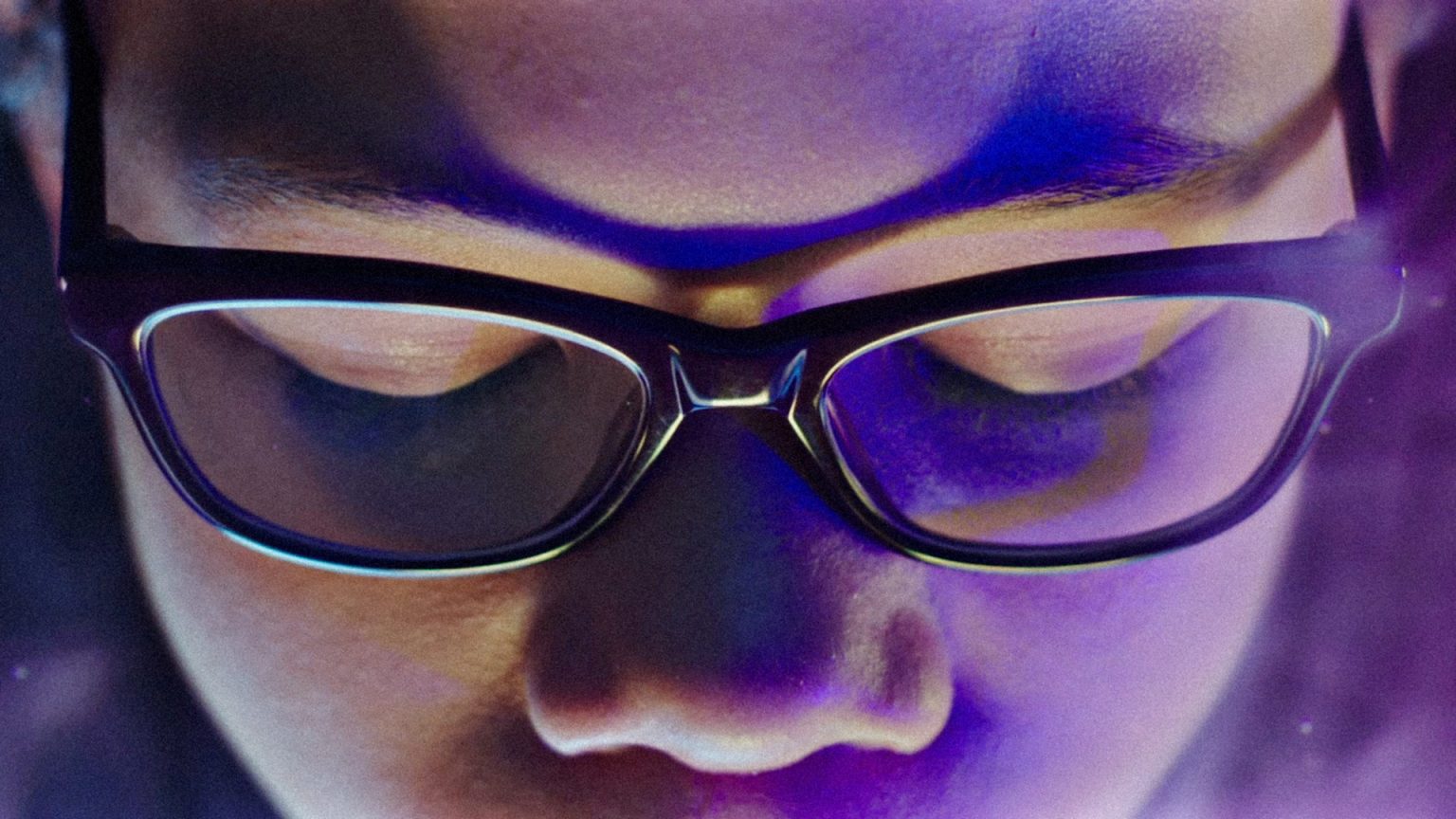The first thing you’ll notice about A Wrinkle in Time, the new film from Selma director Ava DuVernay, is its striking style. The costumes are, in a word, gorgeous. Oprah Winfrey, Mindy Kaling, and Reese Witherspoon, who play “The Mrs. W’s,” sparkle and shimmer on-screen in their baroque, extremely complicated costumes. They look like how you’d want your fairy godmother to look — sure, they have that maternal, matronly air that is essential to any good fairy godmother, but their style and coolness in the face of Camazotz, or “the darkness,” tells the audience that they are one hundred percent badass.
The second thing you’ll notice is the writing. While the transparency of the writing might be welcomed by a children’s audience in need of a little help understanding complex, internal themes like empathy and dealing with loss, as an adult who grew up with the books (or the parent of a child) the writing is going to feel pretty “on the nose.”
And unfortunately, the writing is not the end of the film’s shortcomings. The acting is uneven, ranging from Storm Reid as Meg Murray, who pulls the audience, sometimes kicking and screaming, through each of the movie’s hurried scenes, to Levi Miller as a love interest, Calvin. I’ll give this to Miller: He has mastered a certain look — half Blue Steel, a half concerned friend at a party — and he wears it like a mask through the entirety of the movie. Check out his IMDB photo if you want to take a look. But in defense of Miller, the writing doesn’t offer him much depth or characterization beyond being helpful.
DuVernay’s directing also vacillates between good — or, at least, well-intentioned — too sketchy. There are so many sweeping transitions in this film, necessitated by the characters jumping from planet to planet, that it makes your head spin. And these cuts, like DuVernay’s use of the low-angle shot, which is intended to put the audience in the shoes of the movie’s pre-teen protagonists and to show the enormity of the task they’re up against, feel, often, disjointed. In a transition from one scene to the next, the camera will artfully sweep upward and then cut to a new place. But there are no visual clues besides the camera sweep to connect these places and it feels less like the characters are traveling from one world to the next than from one set piece to another.
DuVernay’s directing is not bad, but you definitely get the sense that she’s struggling in her transition from the smaller (and infinitely more wonderful) Selma, to the mega-budget production of A Wrinkle in Time. And it should not be glossed over what a monumental and long overdue thing it is that DuVernay is the first woman of color to sit at the helm of a film with a budget over one hundred million dollars. It should be stressed that the criticism in this review is not meant to lessen that historic moment.
DuVernay’s uneven job in directing A Wrinkle in Time is reminiscent of other directors who have made the jump from indie films to big-budget blockbusters relatively early in their careers. (For more on this fascinating subject, check out our article, “Indies Go Hollywood.”) It’s a different thing entirely to direct a small movie versus a large one, and they come with a different set of challenges.
One of those challenges is the same one that fellow indie-to-blockbuster-film director Alex Garland may have faced with his recent film, Annihilation, another book-to-movie adaptation that deals largely with unseen and interpretive themes and ideas. Garland dealt with that transition from book to movie by literalizing many of the ideas in the book. For DuVernay, the antagonist, which might best be described as “the darkness within people’s souls,” was already personified in the source material by writer Madeleine L’Engle. By personifying ideas like self-doubt, jealousy, anger, and hatred, it gives our heroes a physical force to fight against. After all, isn’t it easier to fight a monster than something formless and internal, like depression or hate? To do that would require looking inside rather than out, which is, admittedly, pretty hard to film, unless you’re a member of the wizard’s guild known as Pixar and worked on Inside Out, which took these same themes and managed to turn them into a brilliant film.
If there’s one thing that Inside Out does so well that A Wrinkle in Time never manages (nor seems to attempt) it is to show how complicated these ideas and emotions are. While Inside Out wonderfully shows the importance of the full gamut of emotions, including sadness, the forces at play in A Wrinkle in Time are absolutely good or absolutely evil, with no room for interpretation or middle ground.
Not to bury the lead here, but the phrase “not bad” might be the perfect summarization of this review. I’ve spent a lot of time talking about A Wrinkle in Time‘s shortcomings, but there are too many good things in the movie to write it off completely. Reid’s performance and the visuals stand out, as do the secondary performances by Gugu Mbatha-Raw, Chris Pine, and Zach Galifianakis. And the movie really does come together in the last half hour. The inevitable reunion between daughter and father is genuinely moving, propelled by Reid’s ability to shift through a number of emotions in a single shot.
While I did not leave the theater satisfied after seeing A Wrinkle in Time, I was struck by how the movie, messy as it was, managed to move me. And I’m excited to see what’s next from DuVernay and Storm Reid.




